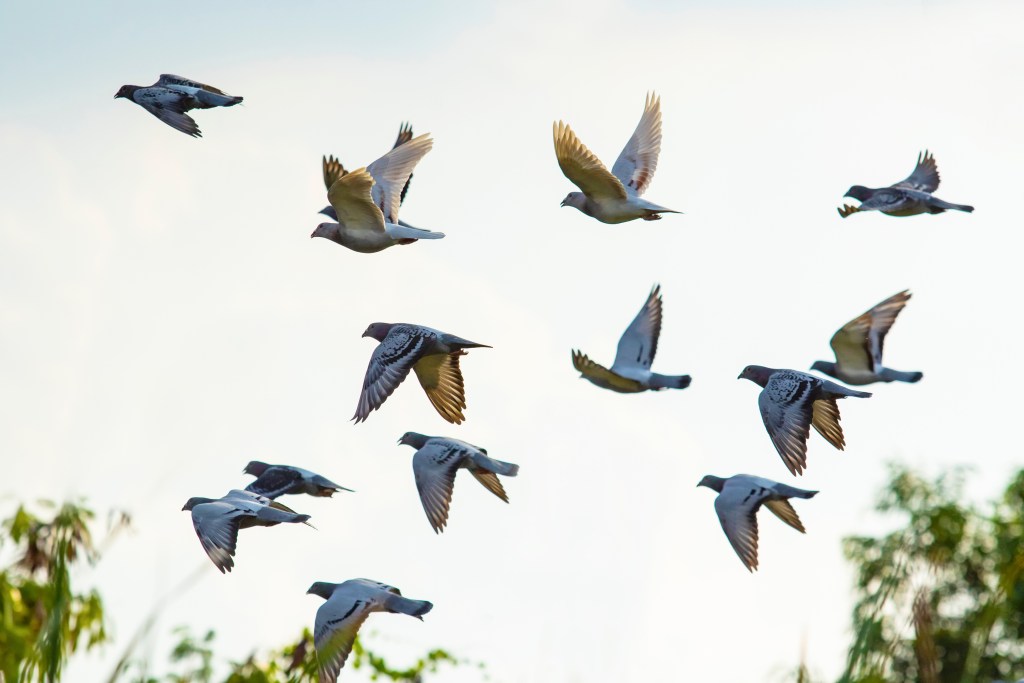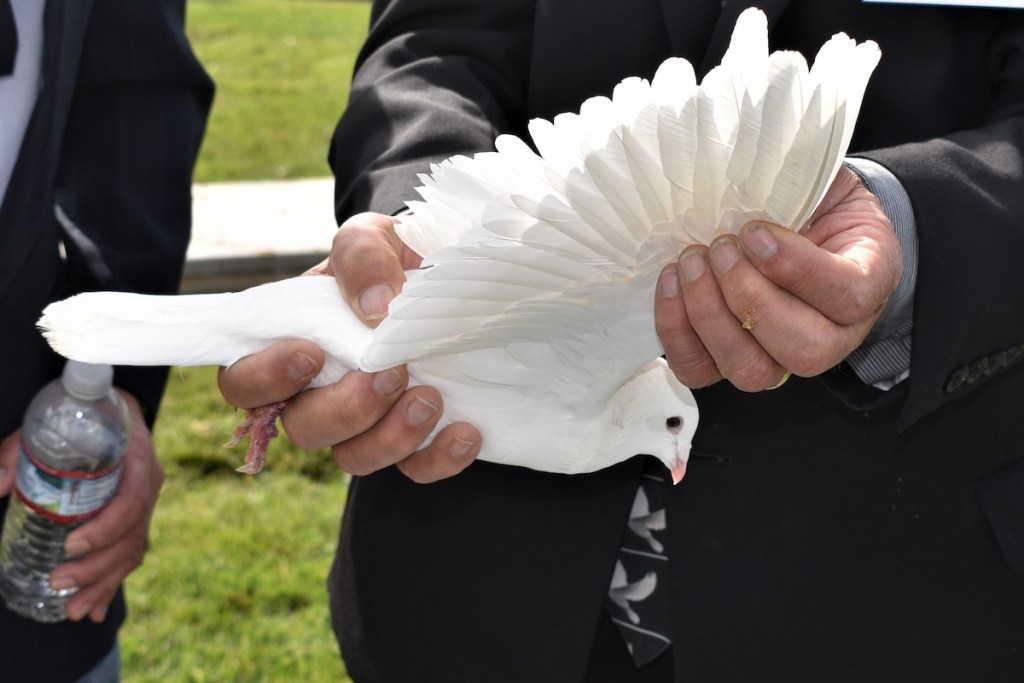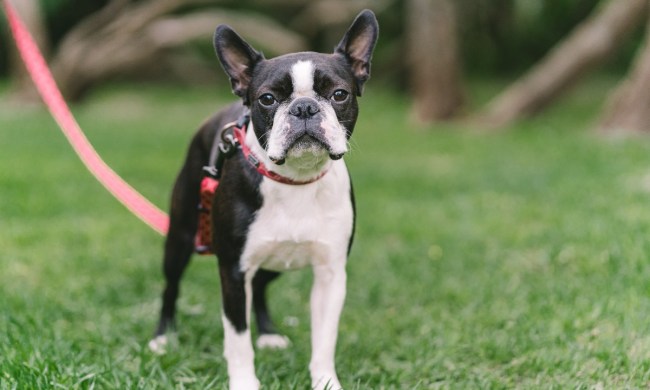You might think wistfully back to the extinct yet still elegant passenger pigeon that once swarmed the forests of North America. Yet we still have its distant cousin the homing pigeon among us, and it has a number of unique skills. For over 5,000 years, these birds have carried messages, including wartime communications, Olympic results, and police mail. If you’re lucky enough to have one (or are just interested in pigeon sports), check out these five facts about how to train homing pigeons.

They make maps in their brains
Common wisdom has held that birds use magnetic fields to find their way home during migration, and these directionally smart animals may do something similar. However, sound waves and landmark recognition might play parts as well in their instincts. Regardless, pigeons have an innate sense of where home is and what is around it. Because their minds have a detailed view of routes, they can even learn multiple go-between locations, like a nest and a feeding spot. You’ll need a GPS, but your little bird will use his ancestral intuition to take him home.
Pigeons can go more than 100 miles
In fact, competitive birds in races go for hundreds of miles per day. You should start small, though. When pigeon training, you’ll want to begin with just a mile trip and work your way up to your goal. Carefully determine your location, or both locations if you’re doing a journey, and make sure they are good. You should take into account any hazards along the way and confirm your bird will be as safe as possible. For example, you wouldn’t put his nest next to an angry den of coyotes or his loft alongside a piece of barbed wire.
This bird can carry 10% of its body weight
Or about 1.5 ounces in total. You’ll need something to fasten your letter or tiny package onto your avian, too, so take that into account when you design the setup. Many owners choose to give their pigeons little backpacks to hold on to the message. While fabric is light, it doesn’t always hold up against the elements, so you should look into metal tubes, which are popular as well. The best news: Environmentalists have been adding lightweight sensors to pigeon packs to get vital info on climate change.

You might see them at weddings
Most homing pigeons look like … well pigeons. You’ll recognize their grayish feathers with a touch of iridescent green if you’ve ever seen the street variety. However, these birds are special in that they come in many shades. You can find slate-gray, silver-striped, and amber-barred homers that each have a slightly different look. But the most attractive pigeon award has to go to the all-white variety. Because they can get back all on their own, pigeons often grace weddings. Don’t worry, they aren’t imposters: Doves and pigeons are really the same thing. Before getting your own set, think carefully about which colors you want, though that won’t make much difference in the training part.
These guys start young
As with other animal instruction, you want to get the training on the calendar early in their lives for the most impact. Typically, you’ll begin at about 6 weeks and set up a strict schedule right away. Just like you, it’s best if your bird knows when he’ll be out in the field learning his craft. Of course, you need to give him a good reason to come home in the first place, and reward systems work best. He’ll skip breakfast in the morning as you take him out to his spot, then fly home quickly, anticipating his snack. Make sure it’s waiting there even if you aren’t and carefully hydrate your bird. You don’t want him getting too thirsty (or hungry), since that will be detrimental to his health.
In addition to the fun part, you need to keep up your pet’s coop since he’ll spend a lot of time in there when you aren’t out training. You want a sturdy and safe loft that allows the whole flock to enter after a long trip but does not allow them to sneak out. And you definitely need to keep everything else out, too. Birds require lots of space to work out and stay in shape for the big excursions. Lastly, set up a bunch of perches along with somewhere to nest if you have a mated pair or are hoping to get one. You might even wind up with a whole new batch of homing pigeons ready to follow in their parents’ wingbeats.



